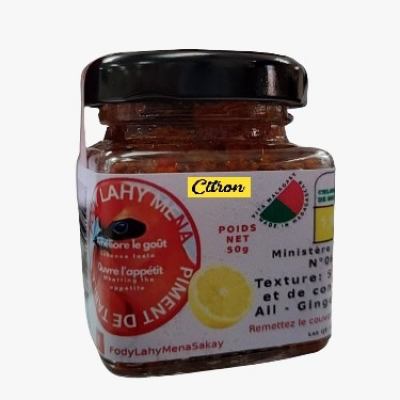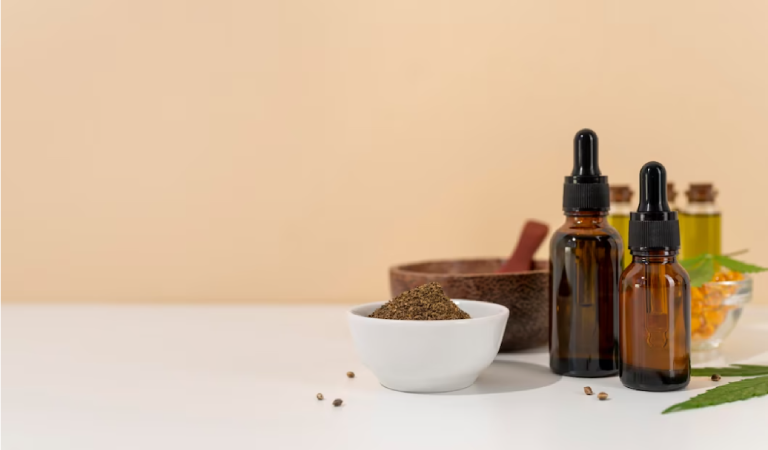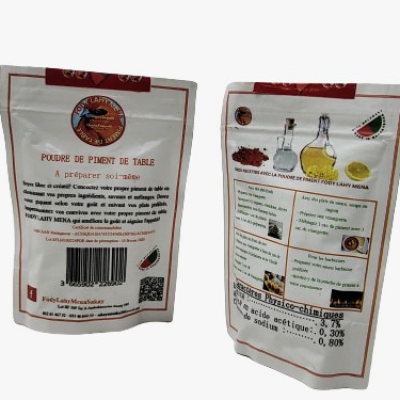
Properties
Bactericidal and fungicidal .
Helps with respiratory diseases and skin infections .
commonly used to treat hemorrhoids, rheumatism
rheumatism, whooping cough and styptic problems .
inhibitor of dermatophytes.
used to treat cracks, fissures and ulcers of the foot (healing)
foot (healing).
Antiseptic, antipyretic, anthelmintic, astringent,
antirheumatic, anti-hemorrhoidal, anti-diarrheal and
vasoconstrictor
Cypress is a deodorant and diuretic agent.
It promotes venous circulation.
Antihyperlipidemic, anti-inflammatory, antioxidant
Reduces serum cholesterol.
Antiplatelet and anticoagulant
Characteristics
- Extraction method: Steam stripping
- Appearance: Clear, oily liquid
- Color :Colorless to pale yellow
- Odor: Characteristic
- Flash point :+35°C
- Density: 0.863 to 0.885
- Potential rotation: +5° to +20°.
Main components
- Sabinene: 9.3 to 22.3
- Alpha-pinene: 13.8% to 19
- Delta-3-carene: 11.5 to 37.4
- Umbellulone: 2.0 to 4.5
References
- Teke, G. N., Elisée, K. N., & Roger, K. J. (2013). Chemical composition, antimicrobial properties and toxicity evaluation of the essential oil of Cupressus lusitanica Mill. leaves from Cameroon. BMC complementary and alternative medicine , 13 (1), 1-9.
- RAHMANI, Z. (2020). Contribution à l'étude phytochimique, Electrochimique et biologique des extracts of Cupressus sempervirens (L) (Doctoral dissertation, Université Kasdi Merbah Ouargla).
- Orhan, I. E., & Tumen, I. (2015). Potential of Cupressus sempervirens (Mediterranean cypress) in health. In The Mediterranean diet (pp. 639-647). Academic Press.
Add your review
Your email address will not be published. Required fields are marked *
Please login to write review!
Looks like there are no reviews yet.





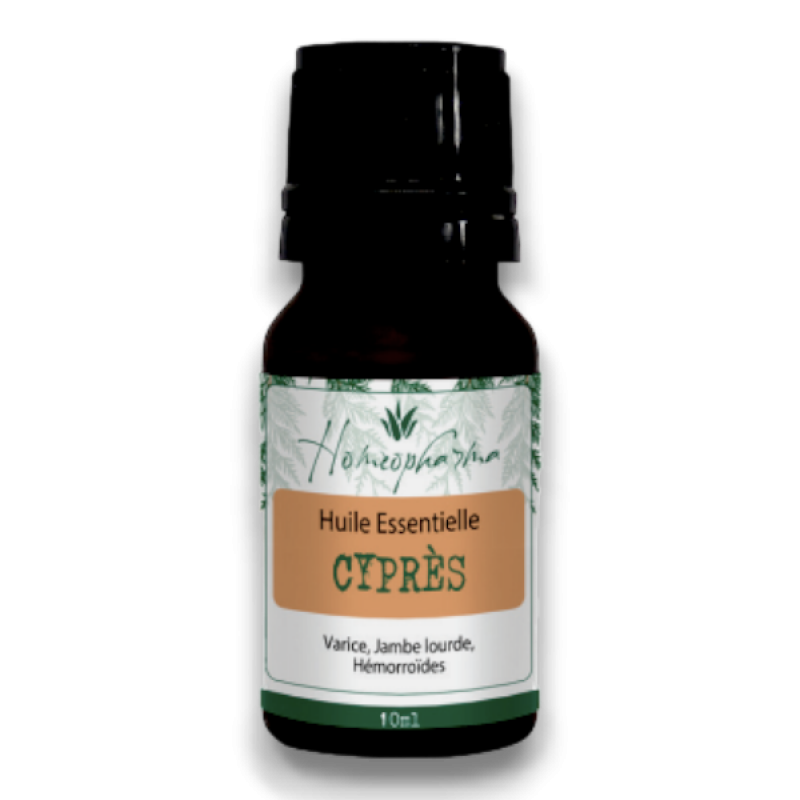
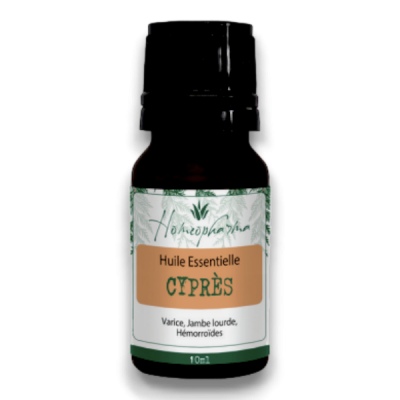
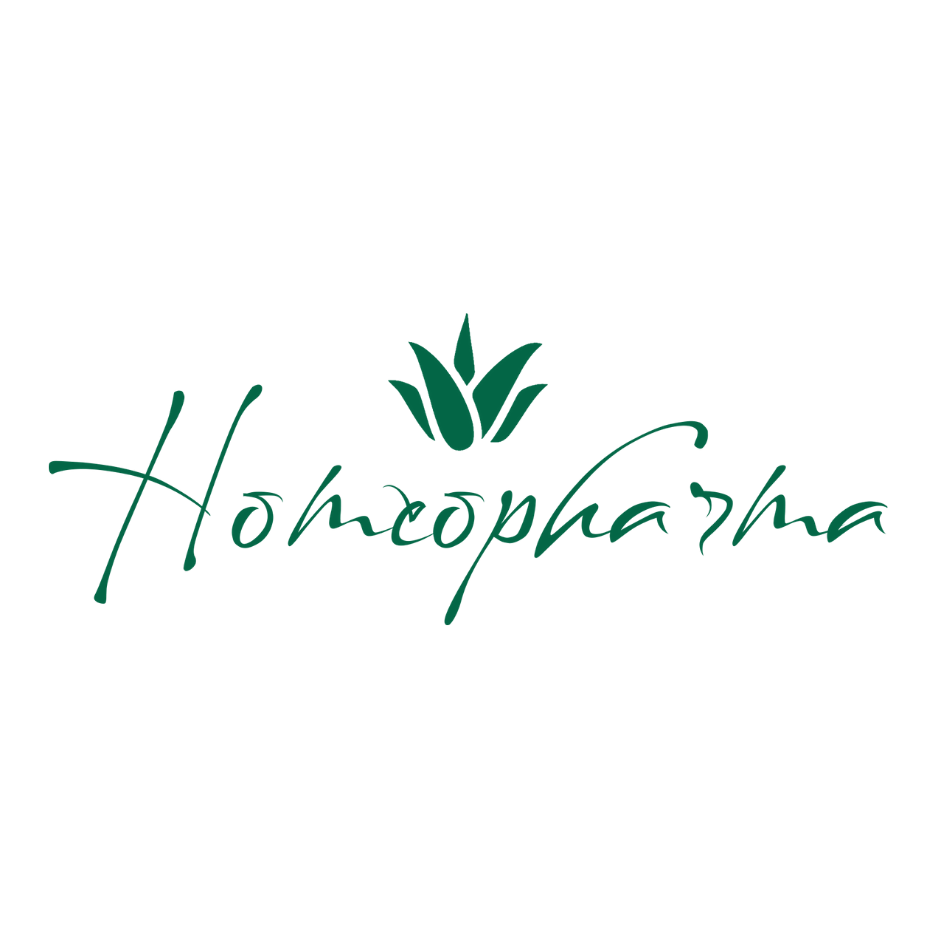

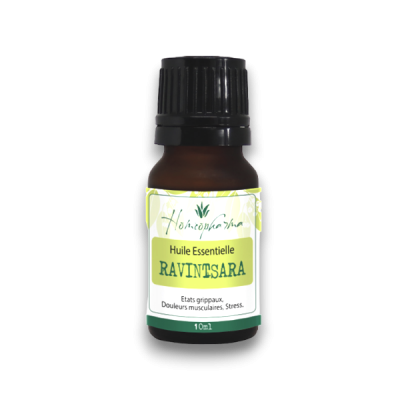
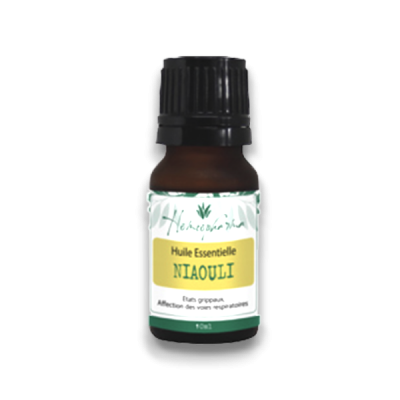
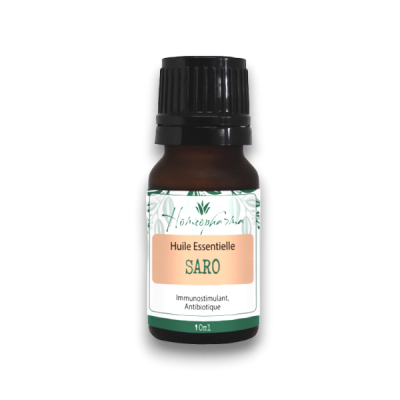
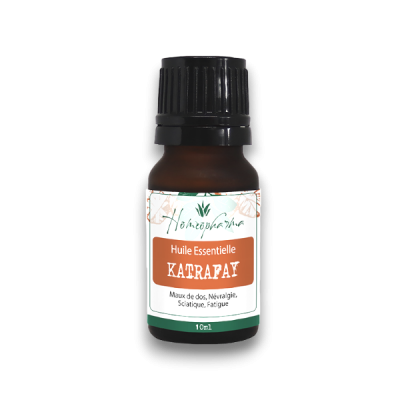
 Fashion & Accessories
Fashion & Accessories  Beauty & Health
Beauty & Health  Clothes
Clothes  Bags
Bags  Jewelry
Jewelry 